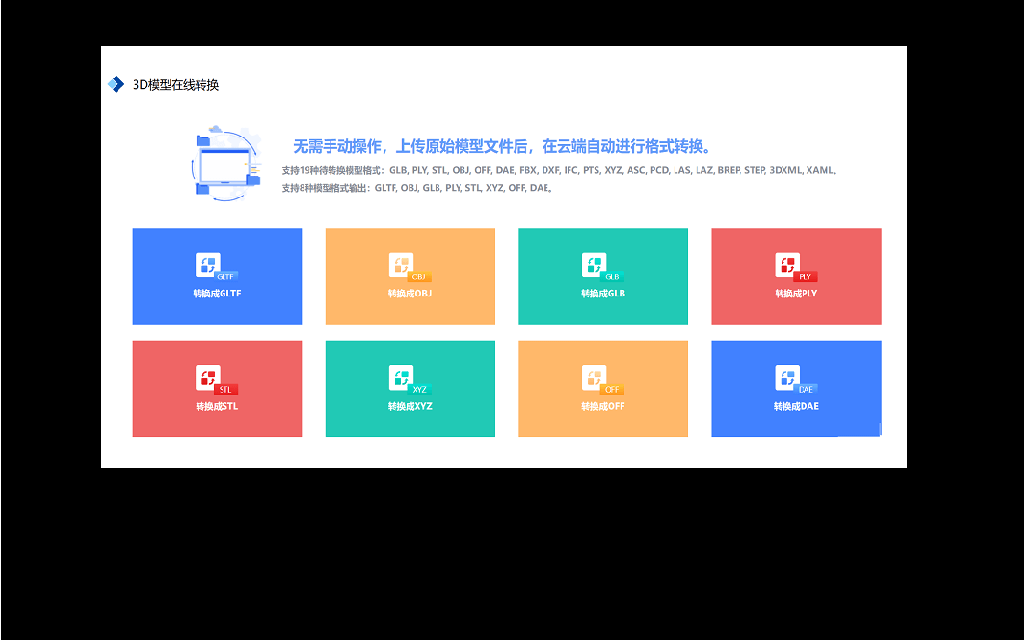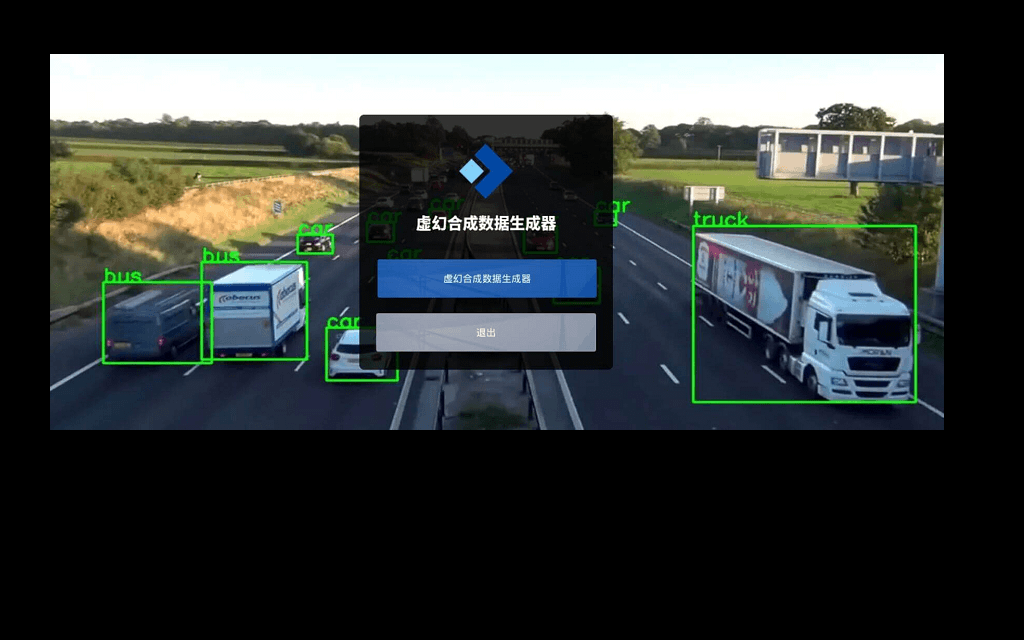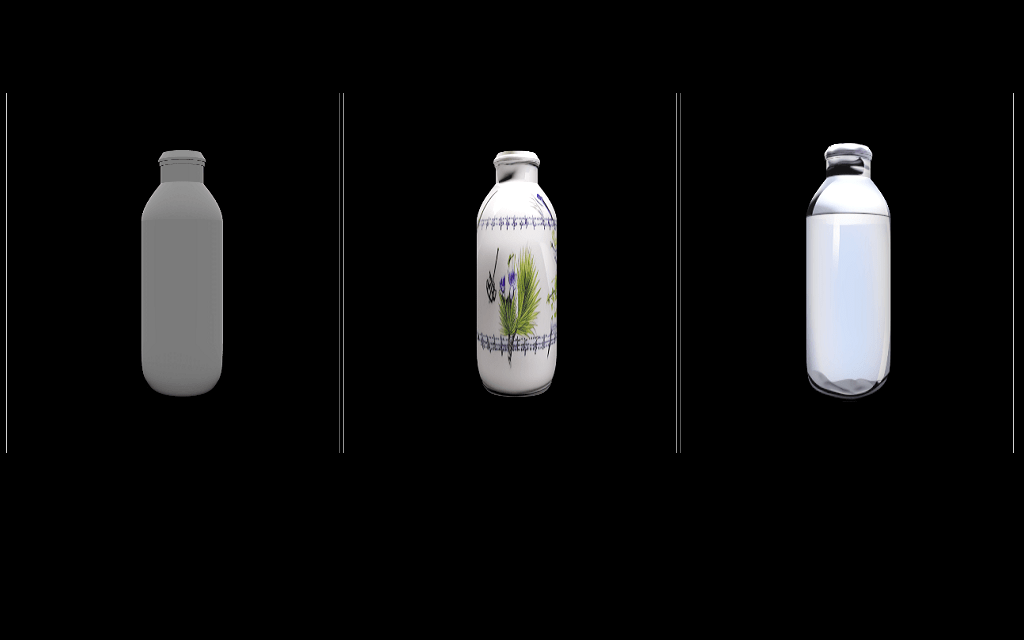Stable-Dreamfusion
A pytorch implementation of the text-to-3D model Dreamfusion, powered by the Stable Diffusion text-to-2D model.
The original paper's project page: DreamFusion: Text-to-3D using 2D Diffusion.
Examples generated from text prompt a high quality photo of a pineapple viewed with the GUI in real time:
https://user-images.githubusercontent.com/25863658/194241493-f3e68f78-aefe-479e-a4a8-001424a61b37.mp4
Gallery | Update Logs
Important Notice
This project is a work-in-progress, and contains lots of differences from the paper. Also, many features are still not implemented now. The current generation quality cannot match the results from the original paper, and many prompts still fail badly!
Notable differences from the paper
- Since the Imagen model is not publicly available, we use Stable Diffusion to replace it (implementation from diffusers). Different from Imagen, Stable-Diffusion is a latent diffusion model, which diffuses in a latent space instead of the original image space. Therefore, we need the loss to propagate back from the VAE's encoder part too, which introduces extra time cost in training. Currently, 10000 training steps take about 3 hours to train on a V100.
- We use the multi-resolution grid encoder to implement the NeRF backbone (implementation from torch-ngp), which enables much faster rendering (~10FPS at 800x800).
- We use the Adam optimizer with a larger initial learning rate.
TODOs
- Alleviate the multi-face Janus problem.
- Better mesh (improve the surface quality).
Install
git clone https://github.com/ashawkey/stable-dreamfusion.git
cd stable-dreamfusion
Important: To download the Stable Diffusion model checkpoint, you should provide your access token. You could choose either of the following ways:
- Run
huggingface-cli loginand enter your token. - Create a file called
TOKENunder this directory (i.e.,stable-dreamfusion/TOKEN) and copy your token into it.
Install with pip
pip install -r requirements.txt
# (optional) install nvdiffrast for exporting textured mesh (--save_mesh)
pip install git+https://github.com/NVlabs/nvdiffrast/
# (optional) install the tcnn backbone if using --tcnn
pip install git+https://github.com/NVlabs/tiny-cuda-nn/#subdirectory=bindings/torch
# (optional) install CLIP guidance for the dreamfield setting
pip install git+https://github.com/openai/CLIP.git
Build extension (optional)
By default, we use load to build the extension at runtime.
We also provide the setup.py to build each extension:
# install all extension modules
bash scripts/install_ext.sh
# if you want to install manually, here is an example:
pip install ./raymarching # install to python path (you still need the raymarching/ folder, since this only installs the built extension.)
Tested environments
- Ubuntu 22 with torch 1.12 & CUDA 11.6 on a V100.
Usage
First time running will take some time to compile the CUDA extensions.
### stable-dreamfusion setting
## train with text prompt (with the default settings)
# `-O` equals `--cuda_ray --fp16 --dir_text`
# `--cuda_ray` enables instant-ngp-like occupancy grid based acceleration.
# `--fp16` enables half-precision training.
# `--dir_text` enables view-dependent prompting.
python main.py --text "a hamburger" --workspace trial -O
# if the above command fails to generate things (learns an empty scene), maybe try:
# 1. disable random lambertian shading, simply use albedo as color:
python main.py --text "a hamburger" --workspace trial -O --albedo_iters 10000 # i.e., set --albedo_iters >= --iters, which is default to 10000
# 2. use a smaller density regularization weight:
python main.py --text "a hamburger" --workspace trial -O --lambda_entropy 1e-5
# you can also train in a GUI to visualize the training progress:
python main.py --text "a hamburger" --workspace trial -O --gui
# A Gradio GUI is also possible (with less options):
python gradio_app.py # open in web browser
## after the training is finished:
# test (exporting 360 video)
python main.py --workspace trial -O --test
# also save a mesh (with obj, mtl, and png texture)
python main.py --workspace trial -O --test --save_mesh
# test with a GUI (free view control!)
python main.py --workspace trial -O --test --gui
### dreamfields (CLIP) setting
python main.py --text "a hamburger" --workspace trial_clip -O --guidance clip
python main.py --text "a hamburger" --workspace trial_clip -O --test --gui --guidance clip
Code organization & Advanced tips
This is a simple description of the most important implementation details. If you are interested in improving this repo, this might be a starting point. Any contribution would be greatly appreciated!
- The SDS loss is located at
./nerf/sd.py > StableDiffusion > train_step:
# 1. we need to interpolate the NeRF rendering to 512x512, to feed it to SD's VAE.
pred_rgb_512 = F.interpolate(pred_rgb, (512, 512), mode='bilinear', align_corners=False)
# 2. image (512x512) --- VAE --> latents (64x64), this is SD's difference from Imagen.
latents = self.encode_imgs(pred_rgb_512)
... # timestep sampling, noise adding and UNet noise predicting
# 3. the SDS loss, since UNet part is ignored and cannot simply audodiff, we manually set the grad for latents.
w = self.alphas[t] ** 0.5 * (1 - self.alphas[t])
grad = w * (noise_pred - noise)
latents.backward(gradient=grad, retain_graph=True)
- Other regularizations are in
./nerf/utils.py > Trainer > train_step.- The generation seems quite sensitive to regularizations on weights_sum (alphas for each ray). The original opacity loss tends to make NeRF disappear (zero density everywhere), so we use an entropy loss to replace it for now (encourages alpha to be either 0 or 1).
- NeRF Rendering core function:
./nerf/renderer.py > NeRFRenderer > run_cuda.- the occupancy grid based training acceleration (instant-ngp like, enabled by
--cuda_ray) may harm the generation progress, since once a grid cell is marked as empty, rays won't pass it later... - Not using
--cuda_rayalso works now:
Training is faster if only sample 128 points uniformly per ray (5h --> 2.5h). More testing is needed...# `-O2` equals `--fp16 --dir_text` python main.py --text "a hamburger" --workspace trial -O2 # faster training, but slower rendering
- the occupancy grid based training acceleration (instant-ngp like, enabled by
- Shading & normal evaluation:
./nerf/network*.py > NeRFNetwork > forward. Current implementation harms training and is disabled.- light direction: current implementation use a plane light source, instead of a point light source...
- View-dependent prompting:
./nerf/provider.py > get_view_direction.- ues
--angle_overhead, --angle_frontto set the border. How to better divide front/back/side regions?
- ues
- Network backbone (
./nerf/network*.py) can be chosen by the--backboneoption, buttcnnandvanillaare not well tested. - Spatial density bias (gaussian density blob):
./nerf/network*.py > NeRFNetwork > gaussian.
Acknowledgement
-
The amazing original work: DreamFusion: Text-to-3D using 2D Diffusion.
@article{poole2022dreamfusion, author = {Poole, Ben and Jain, Ajay and Barron, Jonathan T. and Mildenhall, Ben}, title = {DreamFusion: Text-to-3D using 2D Diffusion}, journal = {arXiv}, year = {2022}, } -
Huge thanks to the Stable Diffusion and the diffusers library.
@misc{rombach2021highresolution, title={High-Resolution Image Synthesis with Latent Diffusion Models}, author={Robin Rombach and Andreas Blattmann and Dominik Lorenz and Patrick Esser and Björn Ommer}, year={2021}, eprint={2112.10752}, archivePrefix={arXiv}, primaryClass={cs.CV} } @misc{von-platen-etal-2022-diffusers, author = {Patrick von Platen and Suraj Patil and Anton Lozhkov and Pedro Cuenca and Nathan Lambert and Kashif Rasul and Mishig Davaadorj and Thomas Wolf}, title = {Diffusers: State-of-the-art diffusion models}, year = {2022}, publisher = {GitHub}, journal = {GitHub repository}, howpublished = {\url{https://github.com/huggingface/diffusers}} } -
The GUI is developed with DearPyGui.


